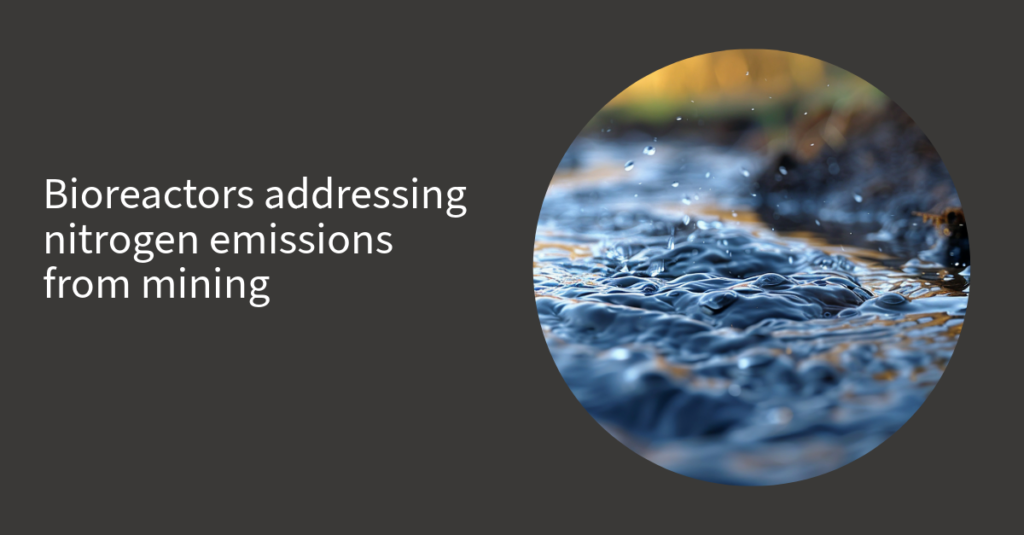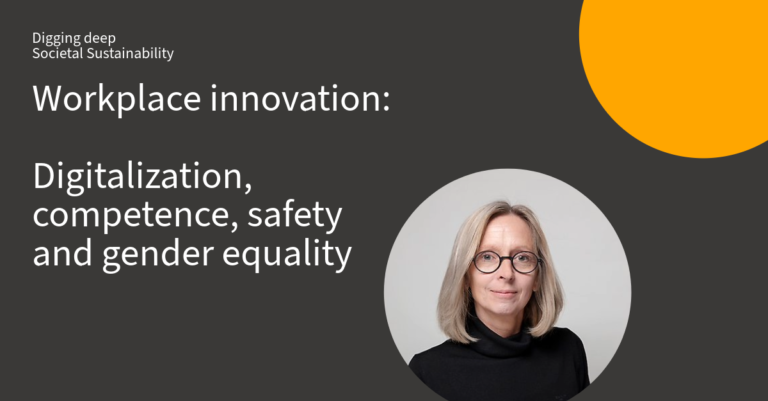Addressing nitrogen emissions is part of the UN’s Agenda 2030 and a key issue across many industrial value chains. Much of the nitrogen in mining environments comes from ammonium nitrate-based explosives used in the mine. The risk for toxic effects in surface water systems, as well as eutrophication in nitrogen-limited aquatic environments, calls for new innovative methods to treat nitrogen emissions from waste rock deposits.
Nitrogen is an abundant element in the Earth’s atmosphere. It makes the sky blue, forms the foundation of proteins in our bodies and helps make soils fertile. However, excess nitrogen in the environment in a reactive form – which comes from the use of synthetic fertilizers, the discharge of wastewater or the combustion of fossil fuels – is a hazard, polluting land, water and air. Certain forms of nitrogen also exacerbate climate change and deplete the ozone layer, which is finally recovering (United Nations).
Denitrification of mine site drainage
With support from Swedish Mining Innovation, scientists at the Swedish University of Agricultural Sciences and Uppsala University teamed up with mining companies to identify treatment techniques that could successfully remove nitrogen from mine site drainage.
Associate professor Roger Herbert at Uppsala University summarizes the findings:
– This is a passive treatment technology that has a very low energy consumption. Out of 3 different solutions, we found the greatest impact came from a bioreactor system for nitrogen removal from mine waters through denitrification. This solution was selected because it is a “nature-based” passive treatment method requiring little maintenance, while removing a high level of nitrogen.
Upscaling to full-scale bioreactors
The project was the starting point for NITREM, an upscaling project focused on commercialization funded by EIT Raw Materials. Eventually, three full-scale bioreactors were installed to treat waste rock drainage at LKAB’s Kiruna mine, removing a total of 1.6 tons of nitrogen during 2018 – 2021. Treatment performance has met expectations and LKAB plans to install up to 50 bioreactors for nitrate removal at a future waste rock disposal site. The projects have also led to the launch of 14N AB, a Swedish startup providing NITREM service to customers. Further, the method has been adapted to other industries.
One of the main anticipated challenges was the application of a biological process in a cold environment. The first prototype was only operated in the summer months due to the risk of freezing. Later applications of this technology were able to prevent freezing and treated water during the entire year.







